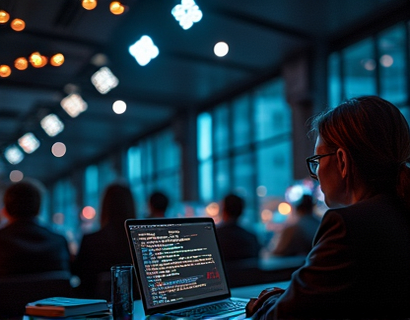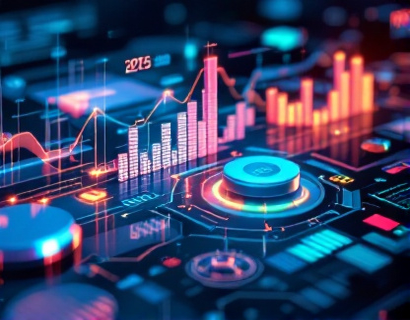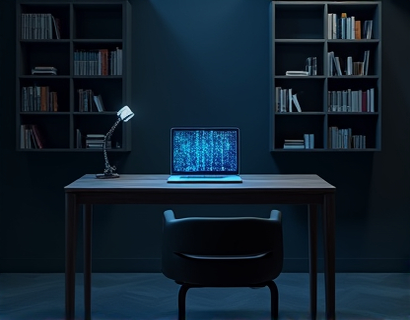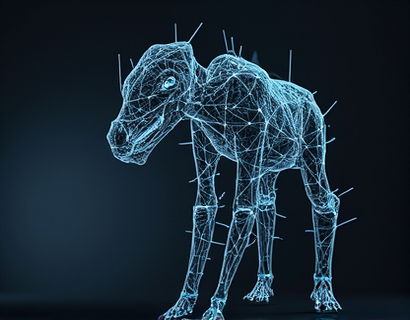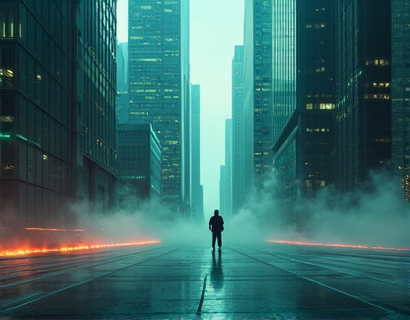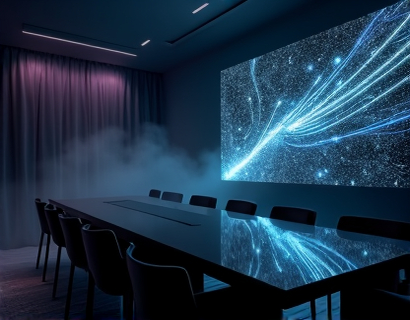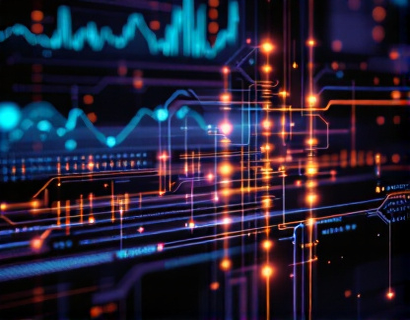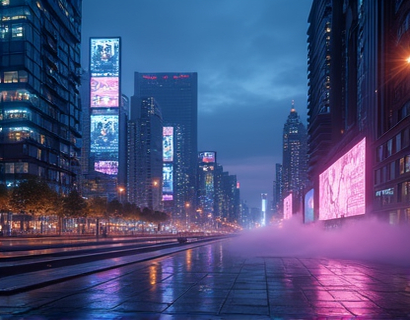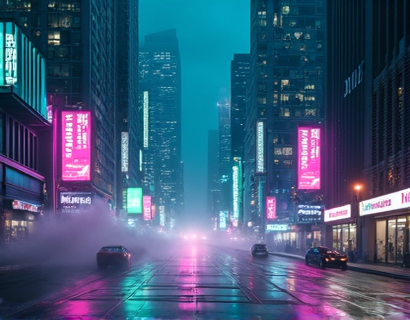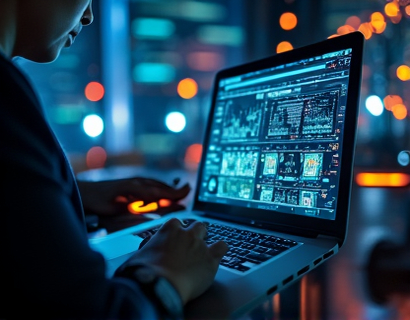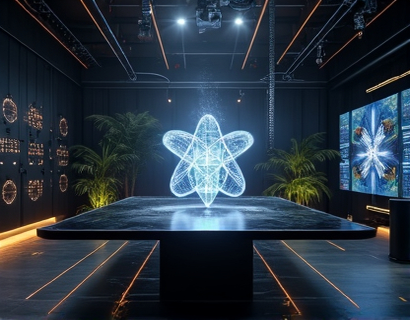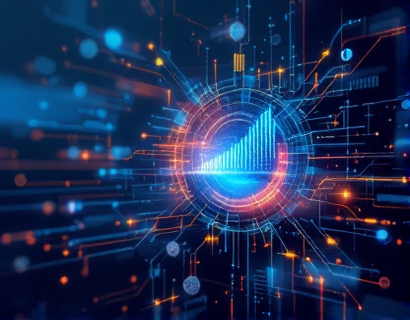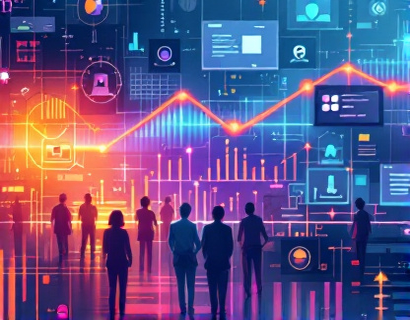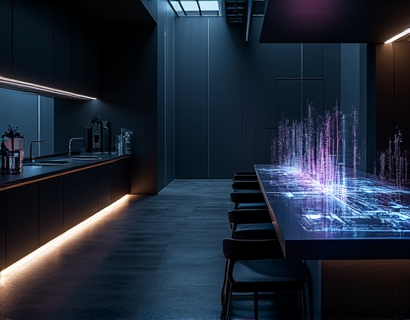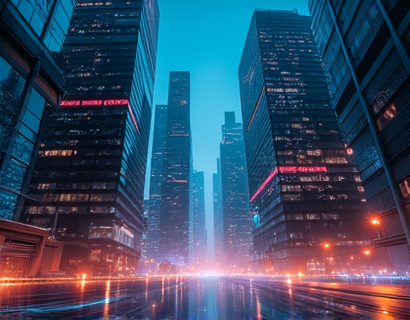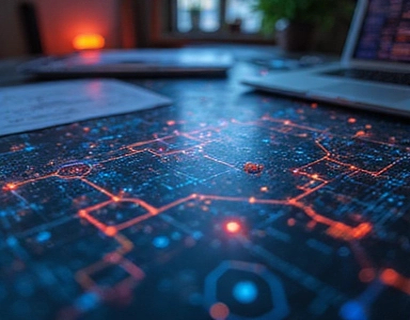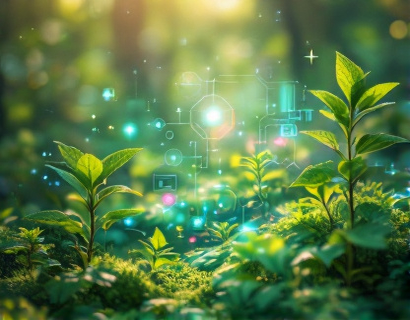Advanced AI Image Verification: Ensuring Authenticity in a Digital World
The digital age has revolutionized the way we consume and create visual content. With the rise of artificial intelligence, the creation and manipulation of images have become increasingly sophisticated, posing significant challenges to authenticity and trust. In this landscape, advanced AI image verification tools have emerged as crucial assets for professionals across various fields. This article delves into the intricacies of these cutting-edge technologies, designed to detect AI-generated and altered images, thereby ensuring the authenticity and integrity of digital media.
Visual content verification is not just a niche concern but a fundamental requirement for maintaining trust in an era where digital manipulation is rampant. Professionals in digital media, content creation, brand management, security analysis, legal compliance, journalism, and education are particularly reliant on accurate and reliable methods to verify the authenticity of images. The ability to confidently navigate the complexities of image manipulation and AI creation is essential for safeguarding brands and enhancing informed decision-making.
The Need for Advanced Image Verification
The proliferation of deepfakes, AI-generated images, and sophisticated photo editing software has made it easier than ever to create convincing but false visual content. This has led to a myriad of issues, from misinformation and fake news to brand impersonation and legal disputes. The consequences are far-reaching, affecting public perception, brand reputation, and even legal outcomes. Therefore, there is an urgent need for robust tools that can accurately detect and verify the authenticity of images.
Traditional methods of image verification, such as manual inspection and basic software tools, are often insufficient against the advanced techniques used in AI-generated and altered images. These methods can easily be fooled by high-quality manipulations, leading to false positives or negatives. Advanced AI image verification solutions address these limitations by employing sophisticated algorithms and machine learning techniques to analyze images at a granular level.
How Advanced AI Verification Works
Advanced AI image verification tools utilize a combination of machine learning, computer vision, and pattern recognition to analyze images. These tools are trained on vast datasets of both authentic and manipulated images, enabling them to identify subtle patterns and anomalies that indicate tampering or AI generation.
One of the key techniques used is texture analysis. AI-generated images often lack the natural texture and noise found in authentic photos. By examining the pixel-level details, these tools can detect inconsistencies in texture and color gradients that are characteristic of manipulated images.
Another critical aspect is metadata analysis. Images often contain hidden metadata that provides information about their creation, modification, and transfer history. Advanced verification tools can extract and analyze this metadata to uncover signs of tampering or unauthorized alterations.
Deep learning models, particularly convolutional neural networks (CNNs), play a pivotal role in these verification processes. These models can learn to recognize complex features and patterns associated with AI-generated content. By continuously training on new data, these models improve their accuracy and adapt to evolving manipulation techniques.
Applications Across Various Fields
The applications of advanced AI image verification extend across multiple domains, each with its unique challenges and requirements.
Digital Media and Content Creation
In the digital media and content creation industries, ensuring the authenticity of visual content is paramount. Content creators, editors, and publishers rely on verification tools to maintain the integrity of their work. These tools help prevent the spread of fake images and ensure that the content presented to audiences is genuine and trustworthy. For instance, news organizations can use these tools to verify the authenticity of images used in reports, reducing the risk of misinformation.
Brand Management and Security Analysis
Brands and security analysts face significant threats from brand impersonation and fraudulent activities. Advanced image verification tools provide a robust defense mechanism by detecting altered or AI-generated images that could harm a brand's reputation. Security analysts can use these tools to monitor and analyze visual evidence in cyber investigations, ensuring that evidence is not tampered with and remains credible.
For example, in the case of product counterfeiting, verification tools can analyze images of products to determine if they are authentic or fake. This helps brands protect their intellectual property and maintain consumer trust.
Legal Compliance and Journalism
In the legal and journalism sectors, the authenticity of visual evidence is crucial. Legal professionals and journalists often rely on images as part of their cases or stories. Advanced verification tools ensure that the evidence presented is reliable and not manipulated. This is particularly important in court proceedings, where the admissibility of evidence can hinge on its authenticity.
Journalists can use these tools to verify the sources of images used in their reports, enhancing the credibility of their work and upholding journalistic integrity. In an era where fake news and manipulated images are prevalent, such tools are indispensable for maintaining public trust.
Education and Research
In educational and research settings, the verification of visual content is essential for academic integrity and the validity of research findings. Students and researchers can use advanced image verification tools to ensure that the images and data they use are authentic. This helps prevent plagiarism and ensures that research conclusions are based on reliable evidence.
For instance, in historical research, verifying the authenticity of old photographs and documents is crucial. Advanced tools can analyze these images to detect any signs of modern tampering, providing historians with confidence in their sources.
Benefits of Advanced AI Image Verification
The adoption of advanced AI image verification tools offers numerous benefits across various industries.
Firstly, these tools enhance trust and credibility. By ensuring that visual content is authentic, organizations can build and maintain trust with their audiences. This is particularly important for brands and media outlets that rely on the integrity of their content.
Secondly, advanced verification tools improve decision-making processes. In fields like security analysis and legal compliance, having reliable visual evidence is critical for making informed decisions. These tools provide a solid foundation for evidence-based decision-making, reducing the risk of errors and misjudgments.
Thirdly, these tools help in compliance and regulatory adherence. Many industries are subject to strict regulations regarding the use and verification of visual content. Advanced verification tools assist organizations in meeting these regulatory requirements, avoiding potential legal issues and penalties.
Lastly, the use of advanced AI image verification tools can save time and resources. Manual verification processes are time-consuming and prone to human error. Automated tools streamline the verification process, allowing professionals to focus on higher-value tasks.
Challenges and Future Directions
Despite the significant advancements in AI image verification, there are still challenges to overcome. One major challenge is the evolving nature of AI-generated content. As manipulation techniques become more sophisticated, verification tools must continuously adapt and improve to stay effective.
Another challenge is the need for standardized protocols and regulations. The lack of uniform standards across different industries can hinder the widespread adoption of verification tools. Collaborative efforts to establish industry-wide standards can help address this issue.
Looking ahead, the integration of AI verification tools with other technologies, such as blockchain and augmented reality, holds promise for even more robust and secure verification processes. The development of more user-friendly and accessible tools will also be crucial in promoting broader adoption.
Conclusion
In conclusion, advanced AI image verification is a vital component of maintaining authenticity and integrity in the digital world. These tools empower professionals across various fields to navigate the complexities of image manipulation and AI creation, ensuring that visual content is trustworthy and reliable. As technology continues to evolve, the importance of these tools will only grow, making them an indispensable asset for anyone involved in digital media, content creation, brand management, security analysis, legal compliance, journalism, and education.



